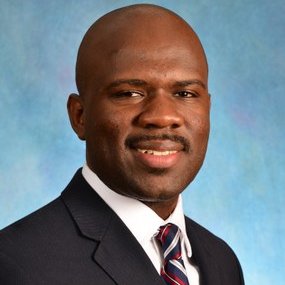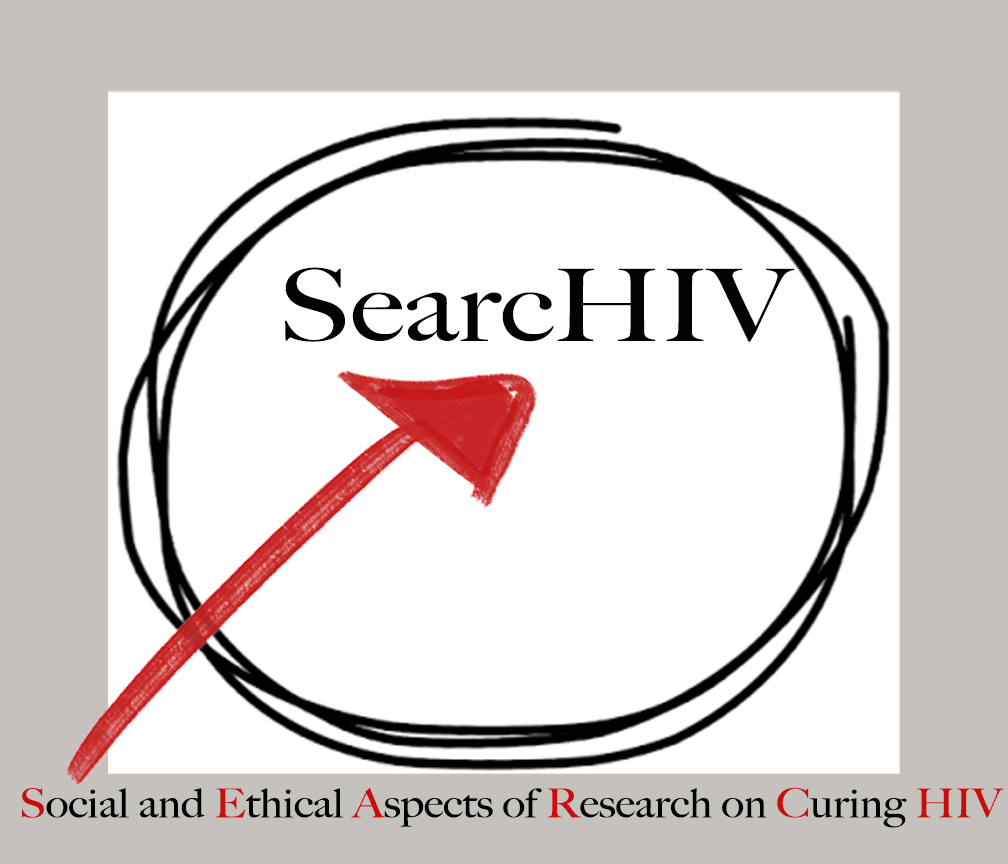Tamara Taggart, Mary E. Grewe, Donaldson F. Conserve, Catherine Gliwa, and Malika Roman Isler
Background: Social media, including mobile technologies and social networking sites, are increasingly being used as part of human immunodeficiency virus (HIV) prevention and treatment efforts. As an important avenue for communication about HIV, social media use may continue to increase and become more widespread.
Objective: The objective of this paper is to present a comprehensive systematic review of the current published literature on uses of social media to communicate about

HIV. This review describes the structure, users, benefits, and limitations of using social media to communicate about HIV.
Methods: This review paper used a systematic approach to survey the literature published before February 2014 using seven electronic databases and a manual search.
Results: The search identified 35 original research studies that included the use of social media to communicate about HIV. Thirty studies had low or unclear risk of at least one of the bias items in the methodological quality assessment. Among the eight platform types described, short messaging systems were most commonly used. Platforms served multiple purposes including disseminating health information, conducting health promotion, sharing thoughts and experiences, providing social support, and promoting medication adherence. Social media users were diverse in geographic location and race/ethnicity;  studies commonly reported users ages 18-40 and users with lower income. While most studies did not specify whether use was anonymous, studies reported the importance of anonymity in social media use to communicate about HIV, largely due to the stigma associated with HIV. The ability to share and receive information about HIV was the most commonly reported benefit of social media use, and the most common challenges were technological in nature. Measures of frequency of use, satisfaction, and effects of use varied across studies.
studies commonly reported users ages 18-40 and users with lower income. While most studies did not specify whether use was anonymous, studies reported the importance of anonymity in social media use to communicate about HIV, largely due to the stigma associated with HIV. The ability to share and receive information about HIV was the most commonly reported benefit of social media use, and the most common challenges were technological in nature. Measures of frequency of use, satisfaction, and effects of use varied across studies.
Conclusions: Social media is increasingly used and provides unique opportunities for communication about HIV. Using social media to bridge communication among a diverse range of users, including between individuals and health professionals, may be best leveraged through pre-existing social media platforms and with attention to the role of anonymity in communication about HIV. The diverse range of geographic locations, genders, ages, races, and sexual orientations of users is well aligned with the diverse and global nature of the HIV epidemic and consistent with existing evidence, which shows high acceptability and use of social media across diverse groups. The range of outcomes reported makes it difficult to draw any conclu sions on how these outcomes relate to the characteristics of the users and platforms across studies. Despite limitations, growing evidence supports the use of social media as a tool for communicating about HIV. More robust research is needed to determine the effects of social media use on various health and social outcomes related to HIV.
sions on how these outcomes relate to the characteristics of the users and platforms across studies. Despite limitations, growing evidence supports the use of social media as a tool for communicating about HIV. More robust research is needed to determine the effects of social media use on various health and social outcomes related to HIV.


